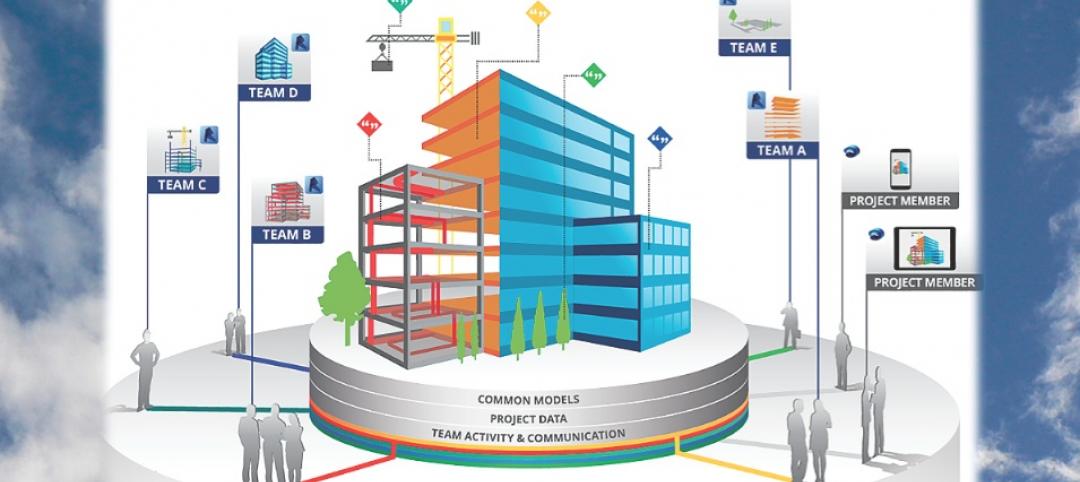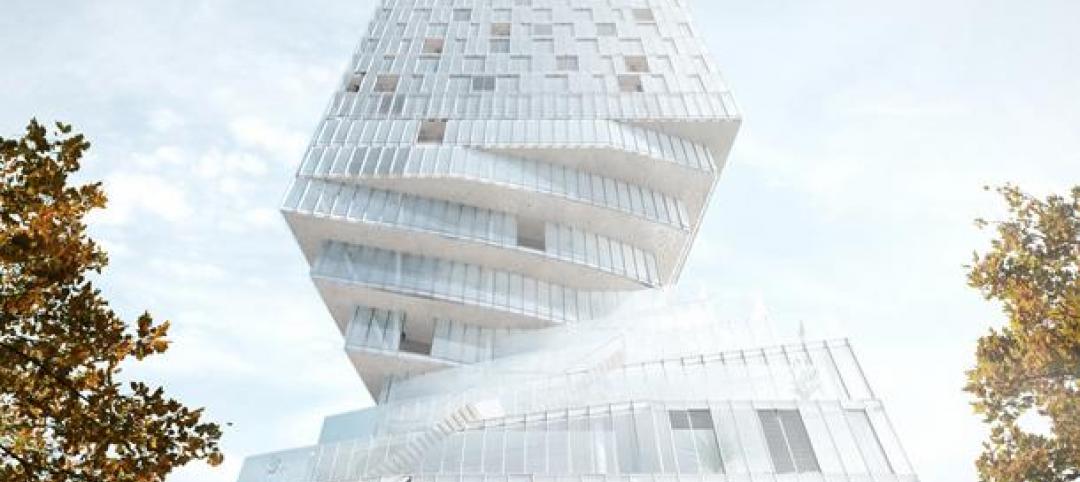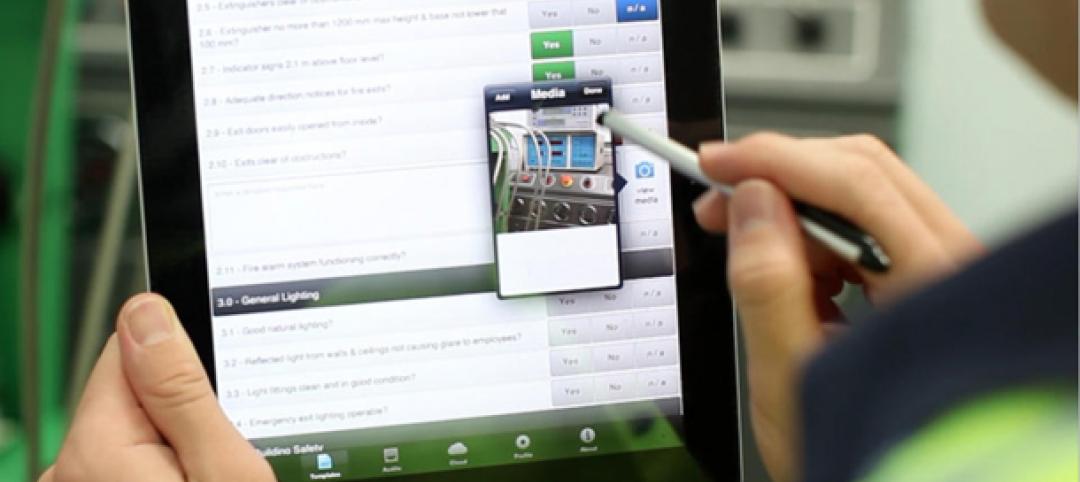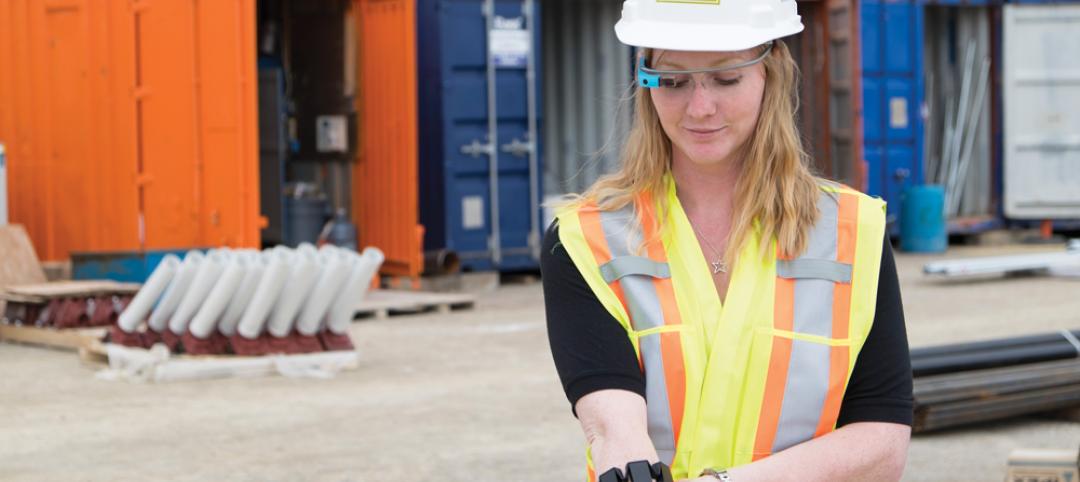The ubiquity of animated GIFs on the Internet is sure to be familiar to anyone who spends a lot of time on the web, and while the image format lends itself perfectly to quick hits of animals doing funny things or people paying an often times humorous price after making a questionable decision, GIFs can also be very useful tools.
News outlet websites have been using them for years to trim the fat and show only the most important information. Did an athlete do something unbelievable? Use a GIF to show the exact moment it happened. Was there a police chase that ended in a spectacular crash through a store window? Put the window crash in a GIF and bring the reader right back to reading the story.
A GIF has the ability show a lot of information quickly and in a simple format, which is the exact reason why, as ArchDaily reports, they can make such useful tools to improve an architect’s project presentation. In fact, ArchDaily has come up with seven different ways animated GIFs can be applied to and improve upon a presentation.
In the same way a GIF can be used to show the exact moment the athlete hit that milestone homerun or precisely when the car crashed through the window, architects can also use GIFs to eliminate all the extra data and focus attention on the main asset, ArchDaily’s Danae Santibañez explains.
As a presentation tool, animated GIFs can be used to exhibit:
- Context
- Design concept
- Spatial relationship between levels
- Detail
- Program
- Construction and structure
- General project view
For example, to show the context in which a building will exist (meaning the specific surrounding environmental characteristics) in one drawing can quickly lead to something more closely resembling a page out of a Where’s Waldo book than architectural plans. An animated GIF, however, can clean up and simplify the presentation while still showing the crucial information:
 GIF courtesy GRND82 via ArchDaily
GIF courtesy GRND82 via ArchDaily
While GIFs may have a bit of a never-ending duck season/rabbit season debate going on with how to pronounce the word (is it a hard <g> or a soft <g>?) that even the creator of the format was unable to completely settle, their usefulness as a presentation tool to aid in clean, simple project presentations is not quite as contentious.
Read the full list of ways to use animated GIFs in presentations here.
Related Stories
BIM and Information Technology | Jan 29, 2015
Lego X by Gravity elevates the toy to a digital modeling kit
With the Lego X system, users can transfer the forms they’ve created with legos into real-time digital files.
BIM and Information Technology | Jan 28, 2015
5 crucial lessons from moving BIM/VDC workflows to the cloud
Early adopters of cloud-based model collaboration share what they learned in overcoming their toughest hurdles.
Mixed-Use | Jan 26, 2015
MVRDV designs twisty skyscraper to grace Vienna's skyline
The twist maximizes floor space and decreases the amount of shadows the building will cast on the surrounding area.
| Jan 21, 2015
Schneider Electric and Autodesk begin collaboration on building lifecycle management
Schneider Electric has announced the signature of a Memorandum of Understanding, which states that Schneider Electric and Autodesk plan to collaborate to enhance current practices for building lifecycle management based on BIM.
| Jan 8, 2015
Microsoft shutters classic clipart gallery: Reaction from a graphic designer
Microsoft shut down its tried-and-true clipart gallery, ridding the world not only of a trope of graphic design, but a nostalgic piece of digital design history, writes HDR's Dylan Coonrad.
| Jan 7, 2015
How you can help improve the way building information is shared
PDFs are the de facto format for digital construction documentation. Yet, there is no set standard for how to produce PDFs for a project, writes Skanska's Kyle Hughes.
| Dec 29, 2014
Startup Solarbox London turns phone booths into quick-charge stations [BD+C's 2014 Great Solutions Report]
About 8,000 of London’s famous red telephone boxes sit unused in warehouses, orphans of the digital age. Two entrepreneurs plan to convert them into charging stations for mobile devices. Their invention was named a 2014 Great Solution by the editors of Building Design+Construction.
| Dec 29, 2014
Hard hat equipped with smartglass technology could enhance job site management [BD+C's 2014 Great Solutions Report]
Smart Helmet is equipped with an array of cameras that provides 360-degree vision through its glass visor, even in low light. It was named a 2014 Great Solution by the editors of Building Design+Construction.
| Dec 29, 2014
New data-gathering tool for retail designers [BD+C's 2014 Great Solutions Report]
Beacon technology personalizes smartphone messaging, creating a new information resource for store designers. It was named a 2014 Great Solution by the editors of Building Design+Construction.
| Dec 29, 2014
Wearable job site management system allows contractors to handle deficiencies with subtle hand and finger gestures [BD+C's 2014 Great Solutions Report]
Technology combines a smartglass visual device with a motion-sensing armband to simplify field management work. The innovation was named a 2014 Great Solution by the editors of Building Design+Construction.
















